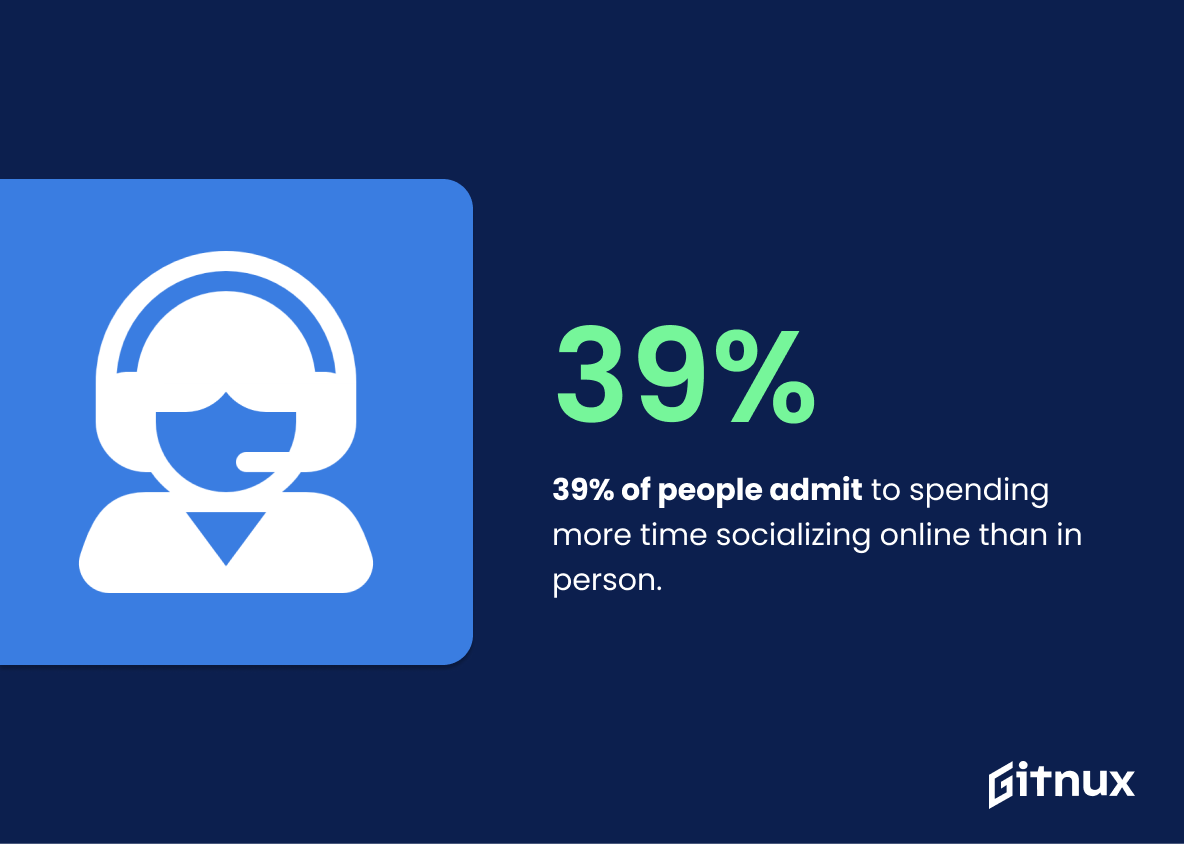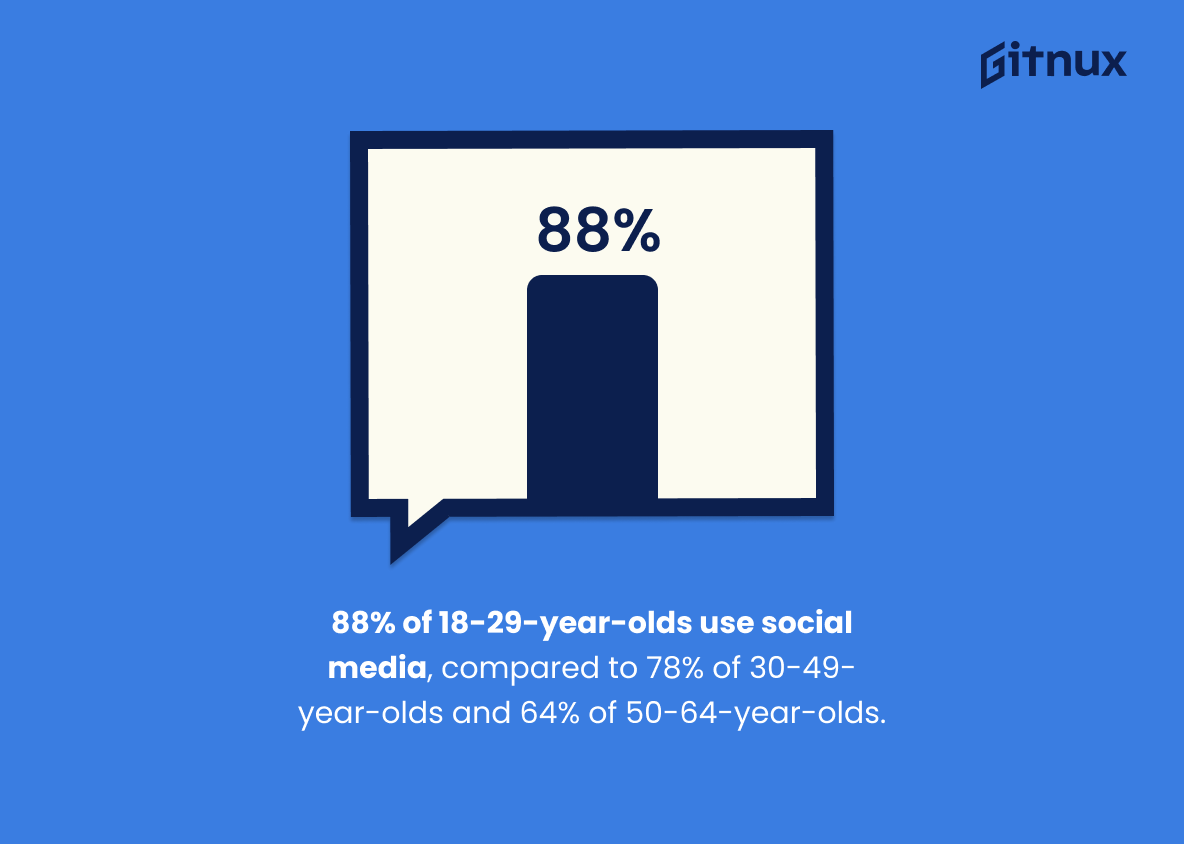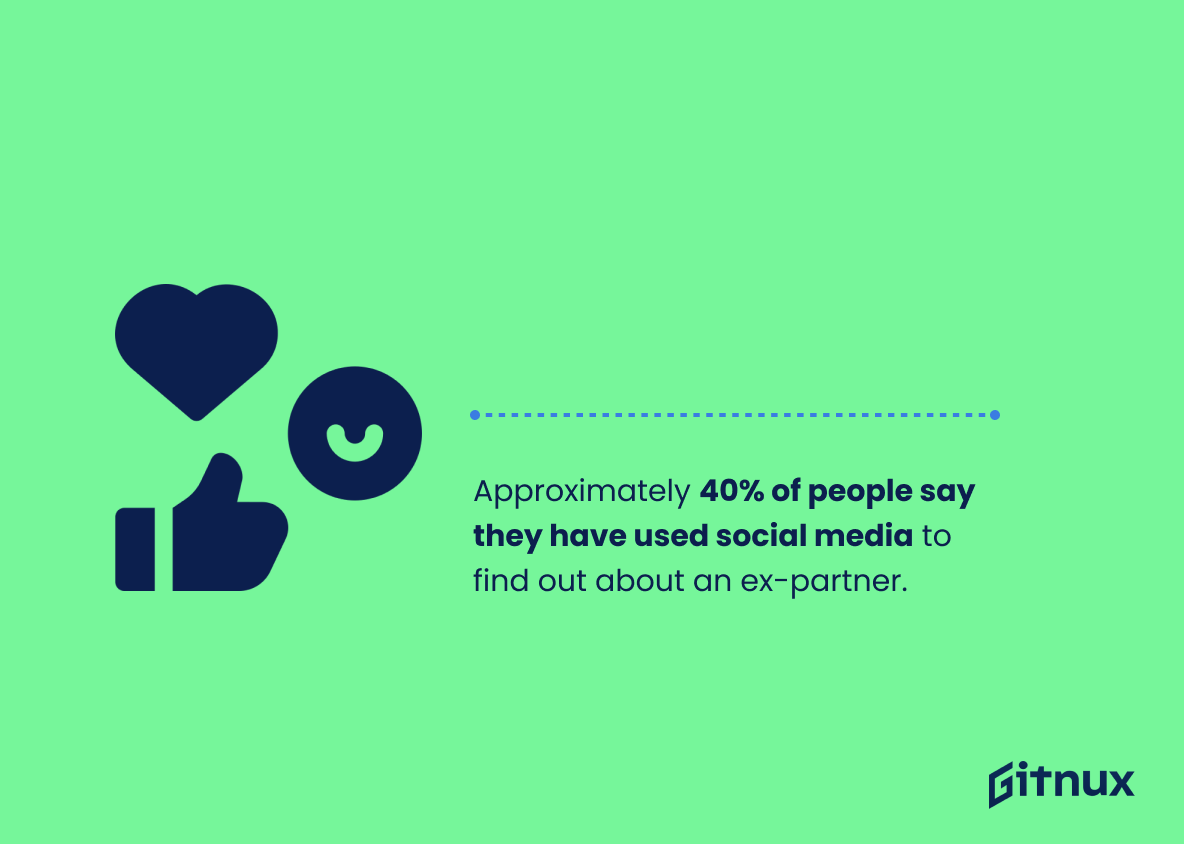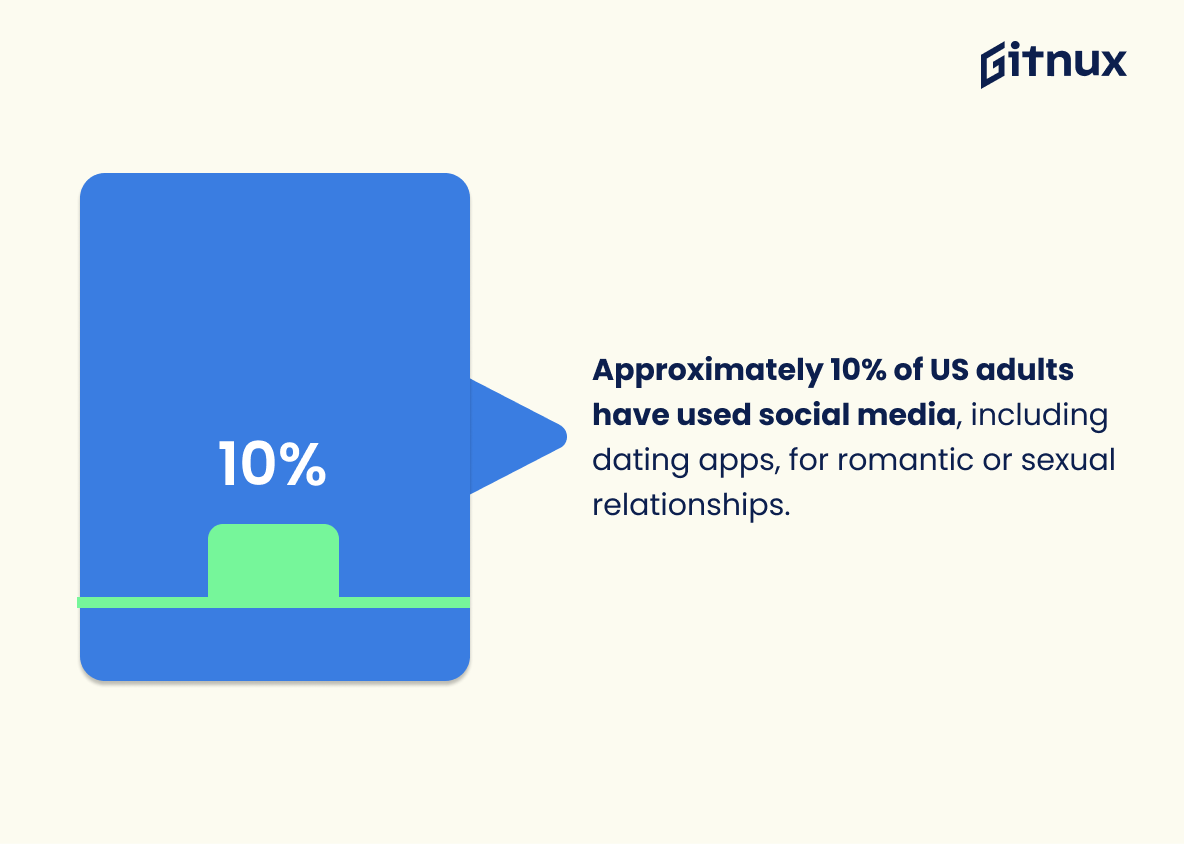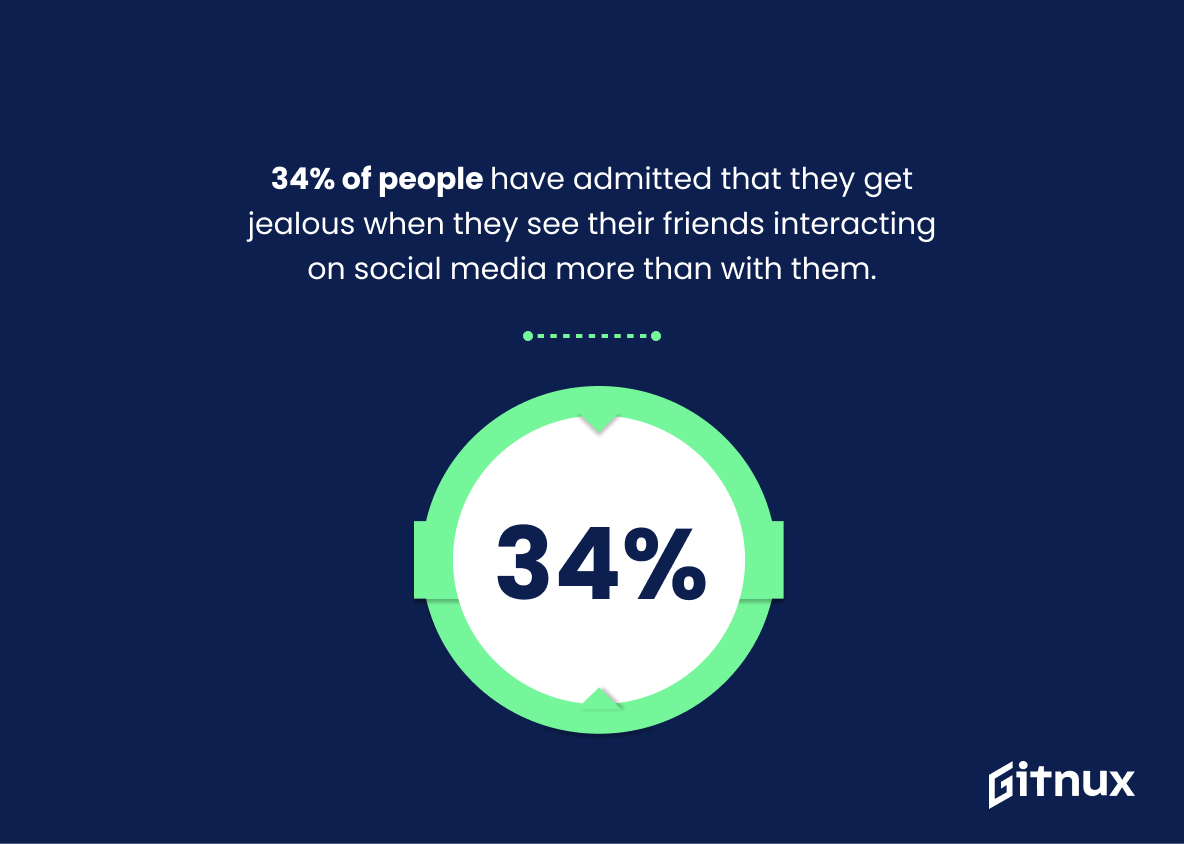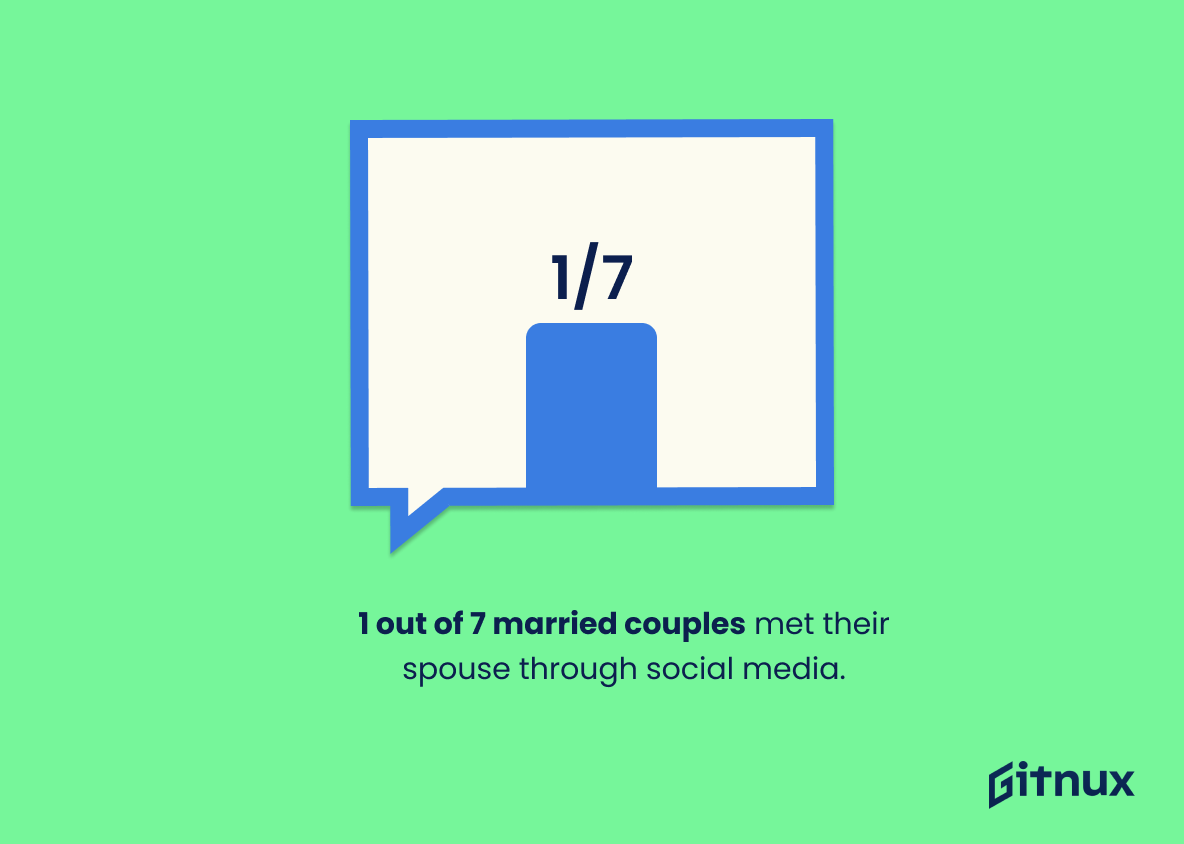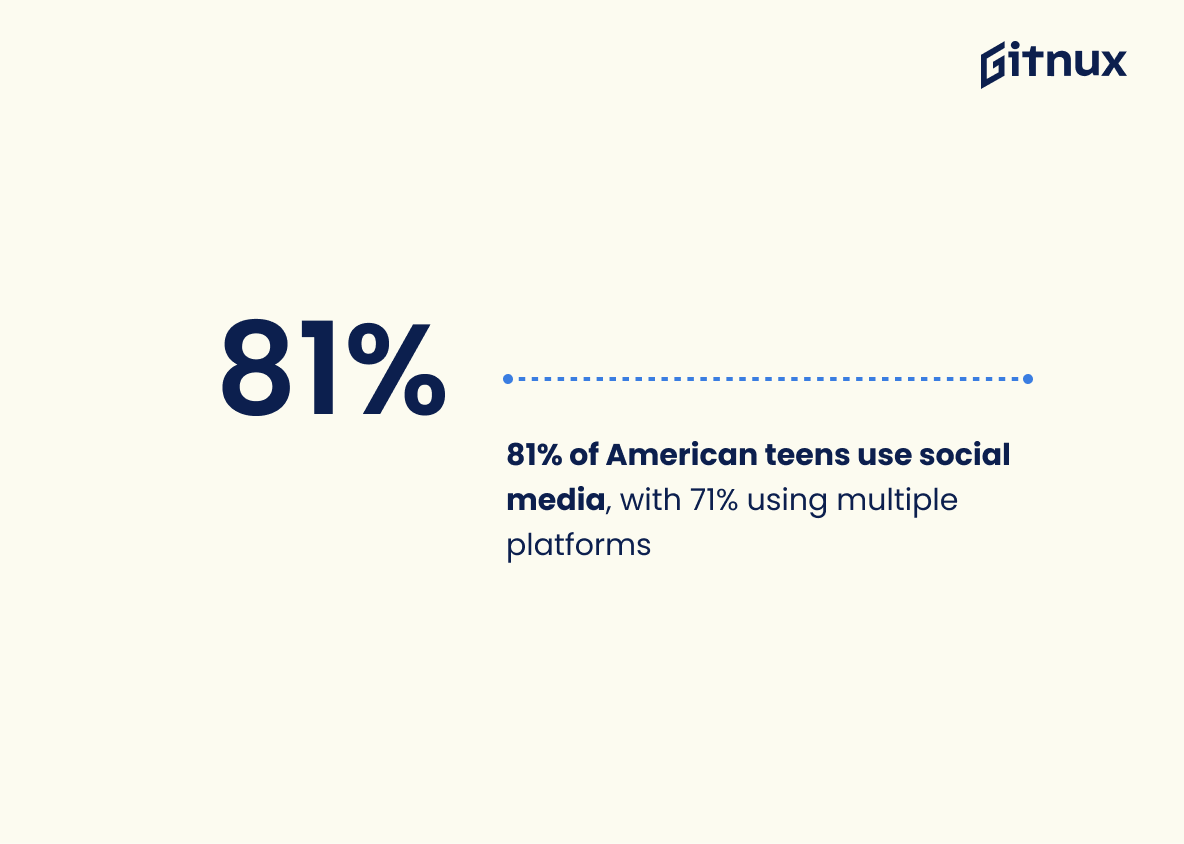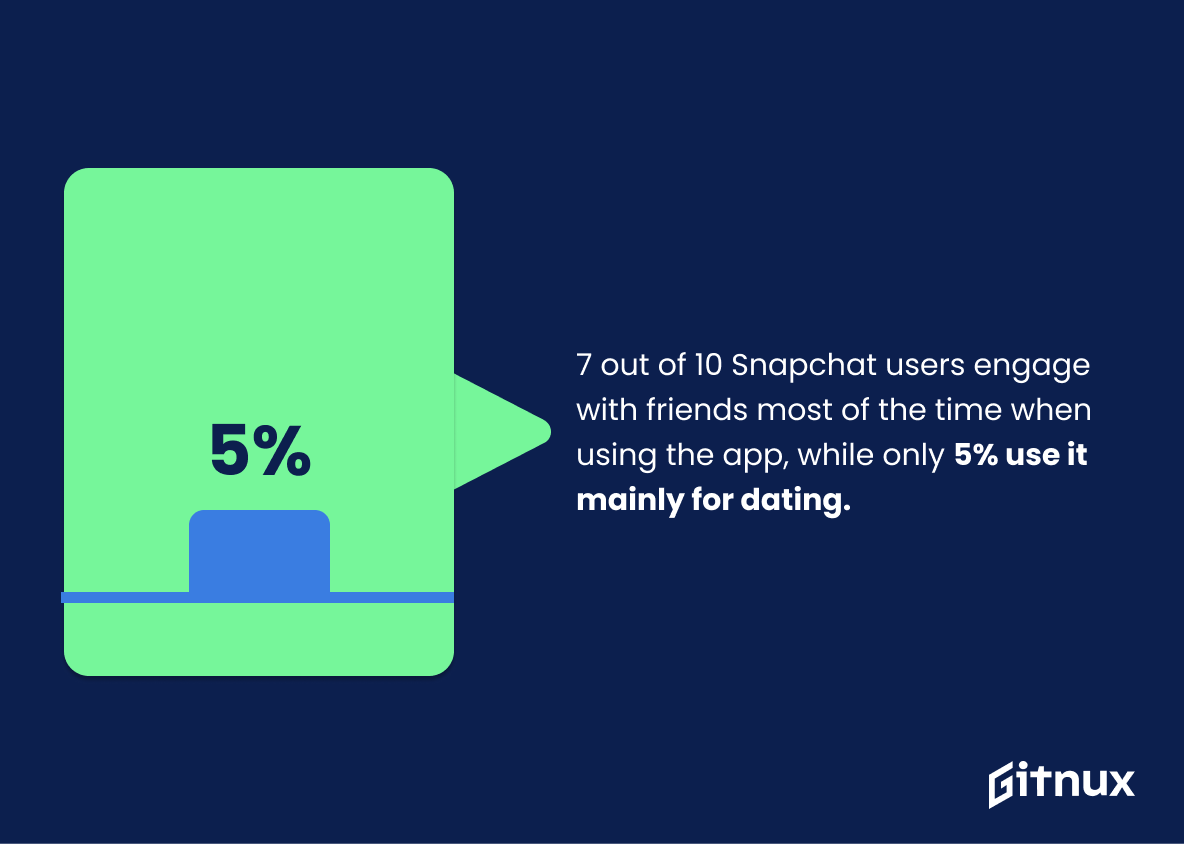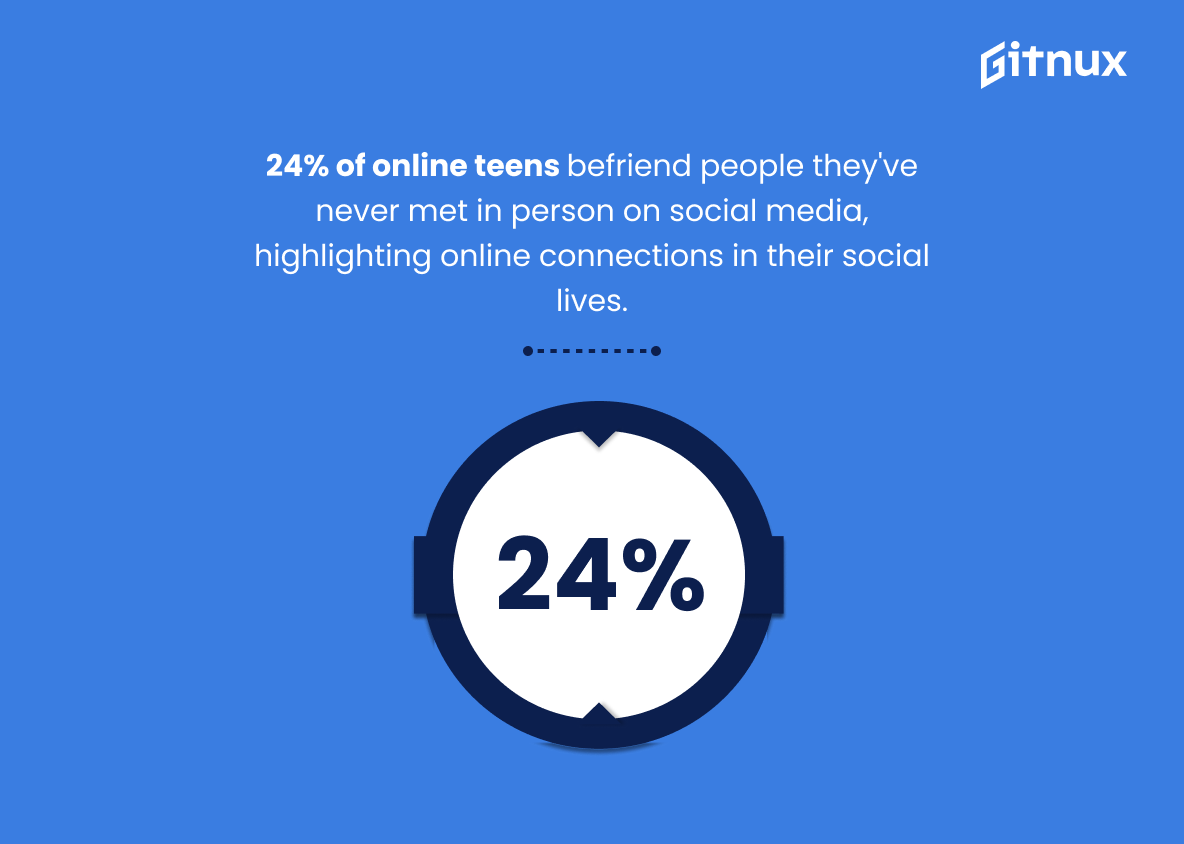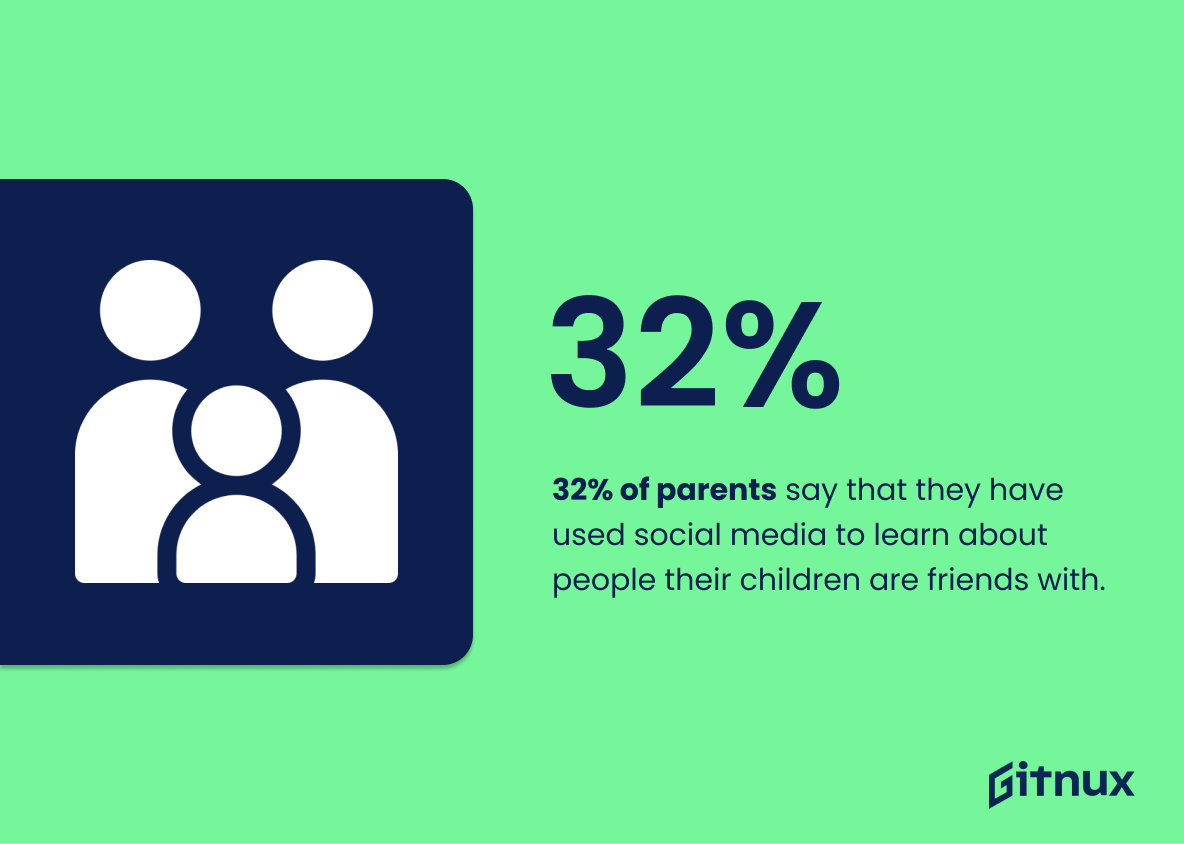The use of social media has become an integral part of our lives, and it is no surprise that its impact on relationships is significant. From staying connected with friends and family to finding romantic partners or even learning about people your children are friends with, the statistics below demonstrate how pervasive social media’s influence can be in all aspects of our relationships.
This statistic is a powerful indicator of the impact social media has had on our relationships with friends and family. It shows that the majority of people are using social media to stay connected with their loved ones, which is a testament to the power of technology in bringing us closer together. This statistic is an important piece of evidence to consider when discussing the effects of social media on our relationships.
51% of users say that social media has helped improve their relationships with long-distance friends and family.
This statistic is a powerful testament to the positive impact that social media can have on relationships with long-distance friends and family. It shows that, despite the physical distance, social media can be used to bridge the gap and keep people connected. This statistic is an important reminder that social media can be used to strengthen relationships, even when those relationships are geographically distant.
Social Media Relationships Statistics Overview
39% of people admit to spending more time socializing online than in person.
This statistic is a telling indication of the impact that social media has had on our relationships. It shows that a large portion of people are prioritizing their online relationships over their in-person ones, which could have a significant effect on the way we interact with each other. This statistic is an important piece of the puzzle when it comes to understanding the implications of social media on our relationships.
88% of adults aged 18-29 use social media, compared to 78% of adults ages 30-49, and 64% of adults ages 50-64.
This statistic is a powerful indicator of the prevalence of social media usage among different age groups. It demonstrates that younger adults are more likely to use social media than their older counterparts, which could be used to explain why social media relationships are so common among younger generations. This statistic is an important piece of evidence to consider when discussing the impact of social media on relationships.
Approximately 40% of people say they have used social media to find out about an ex-partner.
This statistic is a telling indication of the power of social media in our lives. It shows that a significant portion of people are using social media to gain insight into their past relationships, which can have a profound impact on their current relationships. This statistic is a reminder of the importance of being mindful of how we use social media and the potential consequences of our actions.
Around 10% of adults in the United States have used social media, including dating apps, to find romantic or sexual relationships.
This statistic is a powerful indicator of the prevalence of social media in the realm of romantic and sexual relationships. It demonstrates that a significant portion of adults in the United States are utilizing social media to find partners, and thus highlights the importance of understanding the implications of this trend. This statistic is essential to the blog post about Social Media Relationships Statistics, as it provides a baseline for further exploration into the effects of social media on relationships.
34% of people have admitted that they get jealous when they see their friends interacting on social media more than with them.
This statistic is a telling indication of the impact that social media can have on relationships. It highlights the potential for envy and insecurity to arise when people compare themselves to their friends on social media, and how this can lead to feelings of jealousy and resentment. This statistic is an important reminder of the importance of maintaining healthy relationships both online and offline.
47% of people in relationships admit to logging into their partner’s social media accounts, with 43% saying they’ve done it more than once.
This statistic is a telling indication of the level of trust in relationships today. It suggests that many people are not confident in their partner’s online behavior, and are taking it upon themselves to monitor their partner’s social media activity. This statistic is a powerful reminder of the importance of open communication and trust in relationships, and could be a useful point of discussion in a blog post about Social Media Relationships Statistics.
1 out of 7 married couples met their spouse through social media.
This statistic is a powerful reminder of the impact that social media can have on our lives. It shows that social media can be a powerful tool for connecting people and forming relationships, even leading to marriage. This statistic is a testament to the potential of social media to bring people together and create meaningful connections.
Social media plays a part in the lives of 81% of American teens, with 71% of them using more than one social platform.
This statistic is a powerful indicator of the prevalence of social media in the lives of American teens. It demonstrates that the majority of teens are engaging with social media, and that a significant portion of them are using multiple platforms. This is important to consider when discussing social media relationships, as it shows that teens are likely to be exposed to a variety of different social media platforms and the relationships that can form within them.
7 out of 10 Snapchat users engage with friends most of the time when using the app, while only 5% use it mainly for dating.
This statistic is a telling indication of how Snapchat is being used by its users. It shows that the majority of users are using the app to interact with friends, rather than for dating purposes. This is important to consider when discussing social media relationships, as it suggests that Snapchat is being used more for socializing than for romantic connections. This could be a useful insight for those looking to understand how social media is impacting relationships.
24% of teens online are friends with people on social media they have never met in person, making online connections an important part of their social lives.
This statistic highlights the importance of online connections in the lives of teens, demonstrating that social media is a major part of their social lives. It shows that even though teens may not have met these people in person, they still consider them to be friends, indicating the power of social media to create meaningful relationships.
32% of parents say that they have used social media to learn about people their children are friends with.
This statistic is a telling indication of the power of social media in today’s society. It shows that parents are increasingly turning to social media to gain insight into their children’s relationships, demonstrating the importance of social media in forming and maintaining relationships. This statistic is especially relevant in the context of a blog post about Social Media Relationships Statistics, as it highlights the prevalence of social media in our lives and the impact it has on our relationships.
Conclusion
The statistics presented in this blog post demonstrate the wide-reaching impact of social media on relationships. From long distance connections to romantic partners, it is clear that social media has become an integral part of how we interact with each other and form meaningful bonds. However, these same platforms can also lead to feelings of isolation or depression if used excessively or without caution. It is important for users to be mindful when using social networks so as not to let them negatively affect their real life relationships.
References
0. – https://www.optinmonster.com
1. – https://www.theonlinefix.com
2. – https://www.verywellmind.com
3. – https://www.buffer.com
4. – https://www.usatoday.com
5. – https://www.time.com
6. – https://www.pewresearch.org
7. – https://www.digitalmarketinginstitute.com
8. – https://www.mentalfloss.com
9. – https://www.businessinsider.com
10. – https://www.huffpost.com
11. – https://www.edition.cnn.com
ZipDo, cited June 2023: Social Media Relationships Statistics
